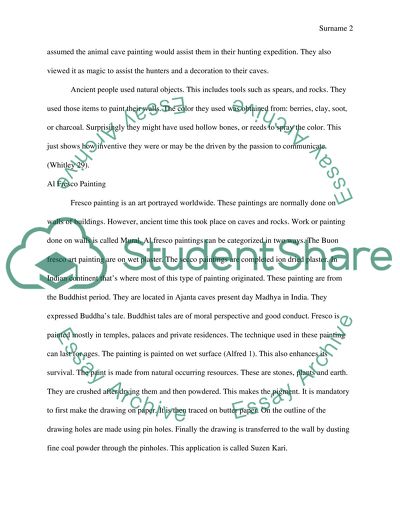Cite this document
(“The Relationship between Painting, Photography, and Motion Picture Essay”, n.d.)
The Relationship between Painting, Photography, and Motion Picture Essay. Retrieved from https://studentshare.org/visual-arts-film-studies/1477518-describe-the-relationship-between-painting
The Relationship between Painting, Photography, and Motion Picture Essay. Retrieved from https://studentshare.org/visual-arts-film-studies/1477518-describe-the-relationship-between-painting
(The Relationship Between Painting, Photography, and Motion Picture Essay)
The Relationship Between Painting, Photography, and Motion Picture Essay. https://studentshare.org/visual-arts-film-studies/1477518-describe-the-relationship-between-painting.
The Relationship Between Painting, Photography, and Motion Picture Essay. https://studentshare.org/visual-arts-film-studies/1477518-describe-the-relationship-between-painting.
“The Relationship Between Painting, Photography, and Motion Picture Essay”, n.d. https://studentshare.org/visual-arts-film-studies/1477518-describe-the-relationship-between-painting.


